Ortofon's "Top Gun" X40 MC X Series Delivers the Sonic Goods
impressive macrodynamic improvement over the old Quintet series Black
Ortofon's MC X line introduced at last Spring's High End Munich show is an all new moderately priced moving coil series that from bottom (X10) to top (X40 reviewed here) is a major mechanical and electrical upgrade from the older Quintet lineup introduced in 2017. Despite the all new design, and worldwide inflation between 2017 and now, Ortofon has kept prices relatively stable. The Quintet Black (and Quintet Black S that Malachi Lui reviewed on AP during the boron shortage when Ortofon switched from boron to sapphire cantilevers) sold for $999.00 The all-new MC X40 with boron cantilever goes for $1199.00.
Replacing the old tapered, squared-off ABS thermoplastic body topped by a bonded aluminum mounting plate is an all new design featuring a honeycomb-structured stainless-steel MIM (Metal Injection Molding) integral frame (not "select laser melt"- derived as incorrectly reported online elsewhere) that forms both the top mounting plate and the interior angled frame in which the cartridge motor mounts.
The honeycombing keeps the weight down while improving damping and stiffness. Such a piece would be extremely difficult-to-impossible to machine, so Ortofon chose to injection mold it. Following molding and sintering, Ortofon applies a PVD (Physical Vapor Deposition) surface to the frame, which improves both appearance and material integrity over time.
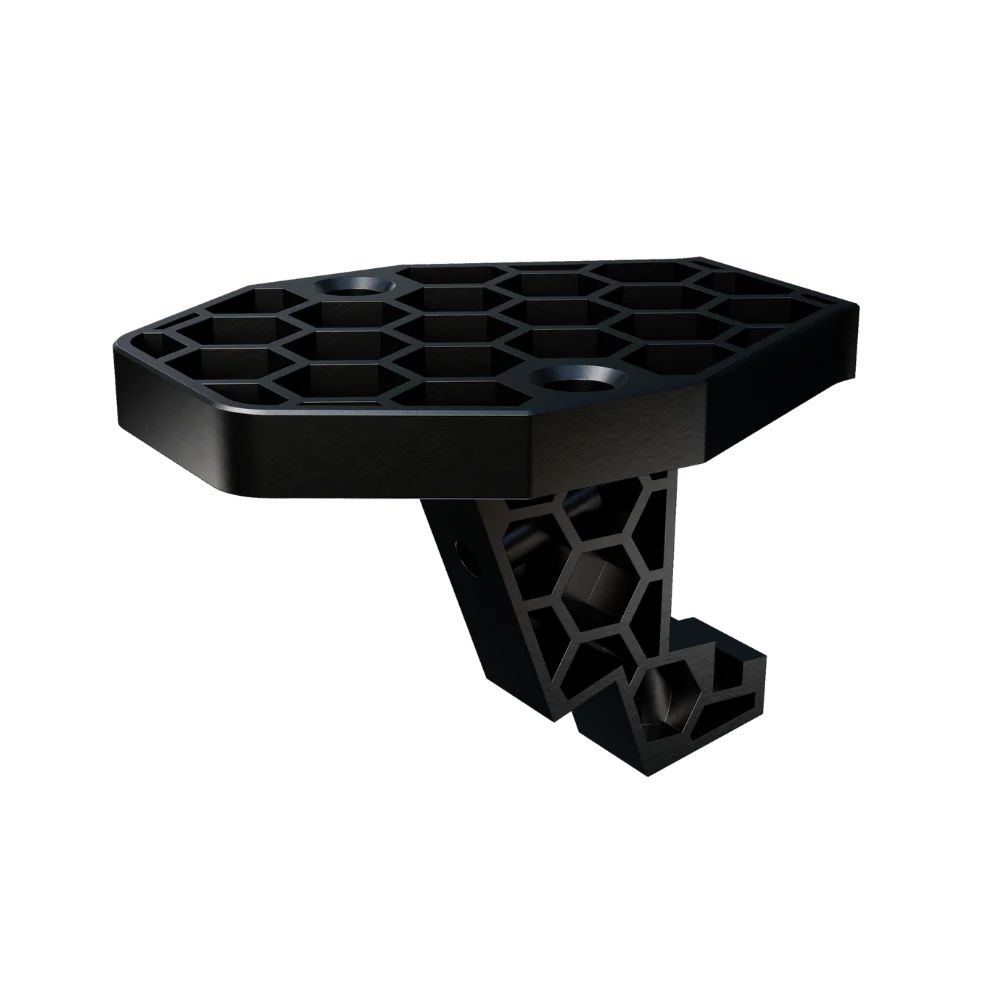
As you can see, the honeycombed top plate is far more than an attached or bonded piece. According to Ortofon's Chief Officer of Acoustics and Technology, Leif Johannsen the new design makes it easier to manufacture and also greatly improves unit to unit uniformity, which cuts down on post production by hand adjustments, so it's a "win-win" for both consumers and the manufacturer. That's one reason the cost of this greatly improved top of the line cartridge remains stable over time.
All coils in the MC X line are wound using high-purity silver wire as part of a newly developed magnet system featuring a single segment cylindrical pole piece integrated into a rear magnet yoke designed to maximize magnetic efficiency. Ortofon, which specializes in developing in-house rubber compounds for itself and for other industries, created a bespoke mechanical damping system for the X series that the company says enables "precise coil motion", while maintaining stability and minimizing unwanted vibrations.
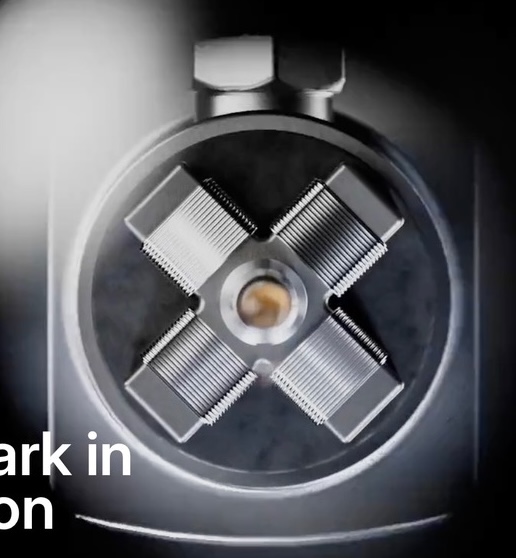
(I grabbed this screenshot from an excellent animation on the Ortofon website. It's worth a watch if just for the excellent animation).
In other words the X series is new from the ground up, though the boron cantilever/Shibata stylus assembly used in the X40 and those used throughout the rest of the line, are "tried and true". The new body shape adds greater visual appeal compared to the squarish Quintet series.
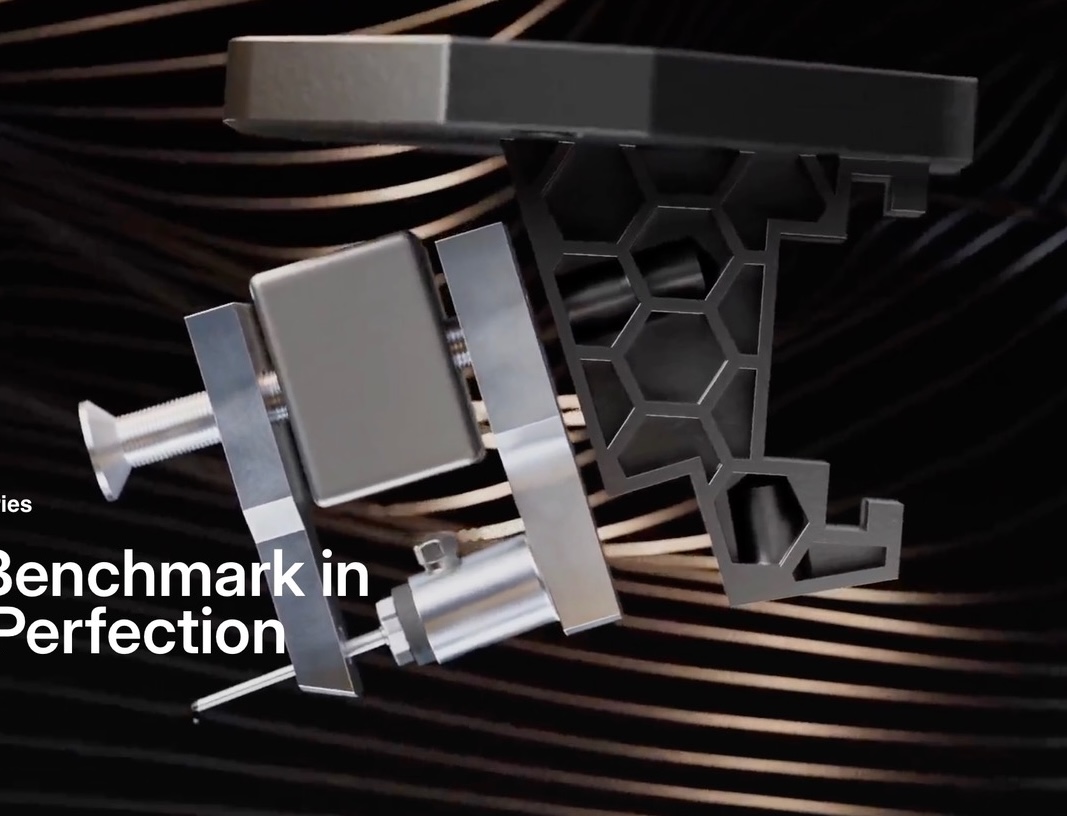 I grabbed this one from the animation as well, showing the "motor assembly".
I grabbed this one from the animation as well, showing the "motor assembly".
By the Numbers
Looking at the spec box below you can see that the MC X40's channel balance @1kHz is rated at .5dB. By comparison, the Quintet Black's was <1dB. X40 output is .4mV vs. .3mV, channel separation @1kHz 26dB vs. >23dB, frequency response 20Hz-20kHz, ±1.0dB vs. ±1.5 dB, recommended tracking force 2.0g vs. 2.3g, internal impedance 6Ω vs. 5Ω (insignificant difference but here in favor of the Quintet Black), weight 8.6g vs. 9g. In other words, in virtually every measurable parameter, the X40 bests the older Quintet.
Set Up And Measured Performance
I installed the X40 on the 12 inch Supatrac Nighthawk tonearm, setting the arm precisely parallel to to the record surface. Using a standard digital microscope SRA precision is difficult to judge because the contact "patch" is so narrow but it looked close to greater than 90 degrees and less than 94 degrees (or so), so that was the beginning point (and the end point once I started listening). A slight nudge from arm laterally parallel to record produced close to 26dB separation L-R and R-L within .5dB. Using Ortofon's test record, the X40 met spec, cleanly tracking the 80µm peak track and buzzing slightly on the 90µm one. This was a random sample taken from Ortofon USA's stock and not a specially selected sample.
Slammin' Dynamic, And Balanced Sound
Plugged into one of the CH Precision's trans-impedance inputs, the X40 immediately dispelled any ideas I had about a repeat performance of the Quintet's relatively docile dynamic presentation. Like the Quintet, the X40 was "fast, nimble and detailed"—a nude Shibata attached to a boron cantilever either does that or something's seriously wrong with it—especially riding in a Supatrac horizontal unipivot arm!
Whereas I found the Quintet's bass extension to be only "okay", the X40's was generous with plenty of visceral "punch" and very well-controlled (again the Supatrac may be doing some of the talking), while the X40s top end was clean, open, extended and not at all "slightly burnished" as i described the Quintet Black's and the X40's macrodynamic slam was bonkers good compared to the Quintet Black's, which I described as "...not much superior to the 2M Black's".
Really, though the Quintet Black bettered the 2M Black in the ways a good MC can beat a good MM (low level detail resolution, transient precision, sense of "speed" etc.), it felt like more of a sideways move and up a few notches rather than a dramatic positive punch in the sonic gut. The Quintet Black didn't deliver the slam better MCs deliver, or the transient attack precision or the immediate, intense excitement. It was speedy but polite. Some readers read that "between the lines" of that Quintet review though I hadn't meant to hide anything between any lines.
Well, the X40 out of the box produced the sonic gut punch and more. I'd substituted it for the $5499 MC 90X which seemed like a good way to compare and hear what $1200 vs. $5499 gets one and it was! The X40 is no 90X in terms of image focus precision and macrodynamic subtlety, but it was also not the sonic letdown i was expecting and in fact it was surprisingly easy to "let go" of the 90X and just settle into the X40. That is how good it is, particularly in terms of timbral balance,, macrodynamics, image solidity, soundstage depth and three-dimensionality.
In fact, after a very short acclimation period I was able to completely forget a $5499 cartridge had been replaced by one costing $1199. Granted it was in the Supatrac arm and on the Acoustical Systems Astellar turntable ($130,000) but such a package is only as strong as the weakest link in the chain and this combo produced spectacular results—and that's not hyperbole. This cartridge's sonic performance is world's beyond the old Quintet Black—not surprising since it's mostly new and clearly Ortofon poured a great deal of money and engineering resources into creating a moderately priced MC line that should be able to stand the test of time as well as has its 2M moving magnet series.
Happy to provide some particulars. I was never a big Supertramp fan but the announcement of yet another reissue—this one 1/2 speed mastered by Miles Showell at Abbey Road overseen by album co-producer Ken Scott (the original master tape has some damage so they decided to digitize at hi-rez and fix the issues in the digital domain) had me pulling from the shelves an original A&M pressing mastered at Sterling Sound and pressed at Columbia's Pitman (N.J.) pressing plant (apparently the Monarch pressing was mastered elsewhere, probably at A&M and maybe by B.G. and probably from the master tape copy sent by Island to A&M) and compare it to the old Mobile Fidelity mastered by Stan Ricker and pressed in Japan on JVC "Supervinyl" (MFSL 1-005). The Mo-Fi killed the Sterling cut, which was good enough to begin with but the Mo-Fi here was world's better and timbral balance top to bottom was full-bodied, dynamics were strong and detail resolution was very, very good.
I hadn't play the record using the MC 90X so I had no way to compare but the point is I didn't care! Back in "the day" Crime of the Century was one of those stereo showroom show pieces and justifiably so. The X40 dug out a great deal of what that recording offers in every sonic category but most importantly the presentation was dynamic and exuberant—nothing held back, or at least it sounded that way without comparison to far costlier transducers.
A multi-day record hopping expedition on the shelves listening exclusively to this combo resulted in me feeling as if II was getting most of the sonic goods from my system, even if I really wasn't, but it took an A/B to hear what was omitted because the X40's issues were of omission not commission. Its tonal balance was particularly impressive: no mid bass lumps, no upper mid mountains, no edgy bright icy tops. The timbral picture was neither warm nor cool. Just well-balanced and generously presented.
None of my usual roster of engaged listener/visitors would have ever guessed the system was being fronted by an $1199 cartridge nor would you! Image stability was strong, bass was deep, robust and well-controlled. High frequency transients were clean and "present", micro- dynamics were subtly expressed too, which added to the sense of "live". But what impressed most was the overall well-balanced, uncolored timbral presentation. I'm repeating myself but the cartridge's lack of tonal character while at the same time never sounding austere antiseptic or clinical, seriously impressed.
Here's a good Idea!
I've had the Manley Oasis phono preamp review half-completed for months. Things keep getting in the way and I will get it done, but one day I figured it costs $3999, add the X40 and you're at close to $5200 around the cost of the 90X alone. Why not listen to that combo, rather than running a $1200 cartridge into the $70,000 CH P10? So i powered the Oasis, gave it some warm-up time and listened.
One of the first records up was Kenny Burrell (Prestige CR00861) a new one coming soon from Craft's OJC series, featuring Tommy Flanagan on piano, Doug Watkins on bass, Cecil Payne on baritone sax and Elvin Jones on drums. It's a mono Van Gelder "living room" recording that's late night musical and sonic heaven, lacquer cut by Kevin Gray directly from the original tape. All but Payne are Motor City alums. With no "reference cartridge" playback comparison it was the X40 playback only. Clearly a bit warmer overall compared to anything played through the CH but the spaciousness and depth produced by the mono recording was something to see, and hear—rich and juicy yet precisely drawn spatially. The instrumental textures were reach out and touch. Watkins' bass lines were cleanly and fully rendered with no overhang. Jones's cymbal work well in the background was delicately drawn and properly metallic, hanging effortlessly in space. Burrell's hollow bodied lines had just the right balance of string attack precision and acoustic follow up. On this recording at least, this was a cartridge and phono preamp that completely satisfied in every way: black backgrounds, rhythmic dexterity, spatial mono integrity, timbral and especially textural correctness: musicians in a room magically brought to life.
Listen For Yourself!
To reiterate: I don't think any of my usual guest listeners would guess they were listening to a $1200 cartridge. Don't diminish my effusiveness with a "for the price" modifier because neither would I!
Conclusion
The modest expected improvement over the older Quintet Black cartridge was not what the X40 produced. Instead the performance upgrade was immediately surprising and vast. There was no comparison. The Quintet was competent—a well executed moderately priced cartridge— "a get the job done but bland and forgettable" transducer—still easy to recommend at the price point.
The X40 was quite the opposite. It was always compelling and exciting without attempting to dazzle with edge or brightness or false lushness or mid-bass warmth. It's an easy to forget transducer that effectively and reliably delivered musical excitement if it was in the grooves.
Light on its feet, but not 'lightweight" and always in control, the X40 laid the music out with exceptional flow, harmonic generosity, effortless top to bottom balance and an overall sense of "rightness" that record after record, regardless of musical genre left me satisfied every time.
Considering the cost, the X40 is a remarkable achievement. Cost aside the X40 is a remarkable achievement in modern, high-tech cartridge design. Does it compare to the two recently reviewed $20.000 cartridges—one from Gryphon, the other from Analog Relax? On the fundamental level, yes! In the nuances that separate really fine from spectacular, exceptional and breathtaking? Not saying that. But consider the Grand Canyon price differential and both can take your breath away and that's saying a lot! The team that developed th MC X40 will put sonic excellence in the hands (or to be more precise in the arms) of many music lovers who probably never thought they'd be able to afford this performance level now available at such a reasonable price.
The video below begins with Mr.Johanssen explaining and showing the X40 at Munich High End 2025. (I'll shortly review the less costly [$499] X20 based on the same design but fitted with an aluminum cantilever and nude elliptical stylus).
Meanwhile I can with complete confidence highly recommend the MC X40! This was the kind of experience that keeps the job fresh after almost 40 years of doing it. (Stay tuned for an audio sample here via YouTube which for now is the only way we can do it).
Specifications
Specifications
Channel balance at 1 kHz
0.5 dB
Output voltage at 1 kHz, 5cm/sec
0.4 mV
Channel separation at 1 kHz
26 dB
Frequency response 20 Hz - 20 kHz
+/-1 dB
Compliance, dynamic, lateral
15 μm/mN
Cantilever material
Boron
Stylus type
Nude Shibata
Stylus tip radius
r/R 6/50 μm
Stylus suspensions
Ortofon exclusive
Coil system
Quad coils
Tracking force, recommended
2.0 grams
Internal impedance, DC resistance
6 Ω
Coil wire material
High-purity silver
Cartridge weight
8.6 grams
Recommended load resistance
> 50 Ω


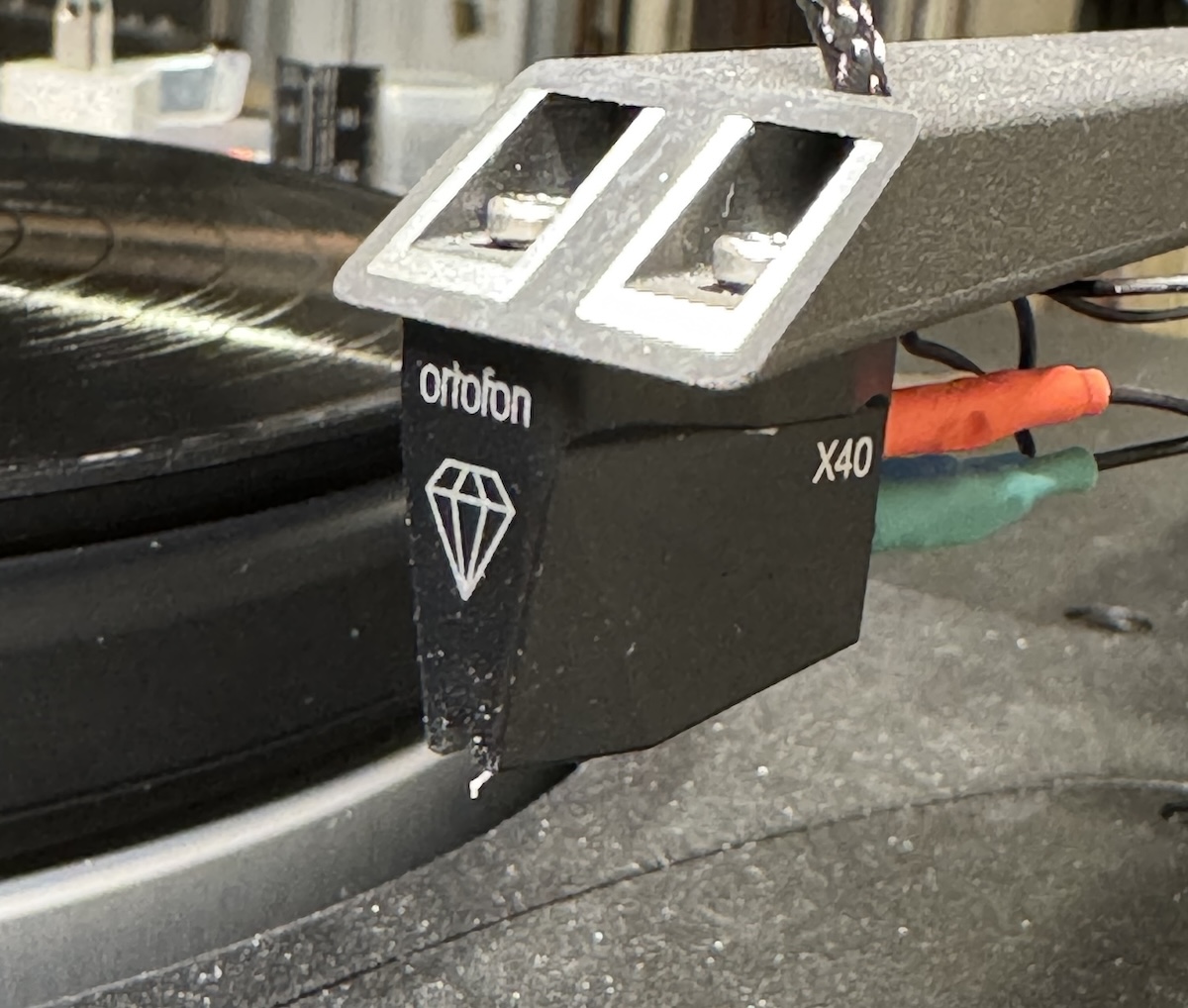

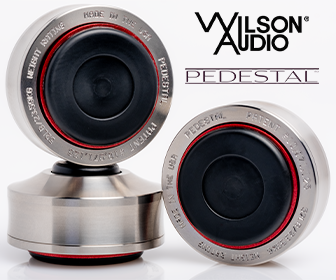
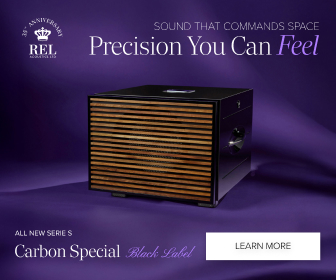
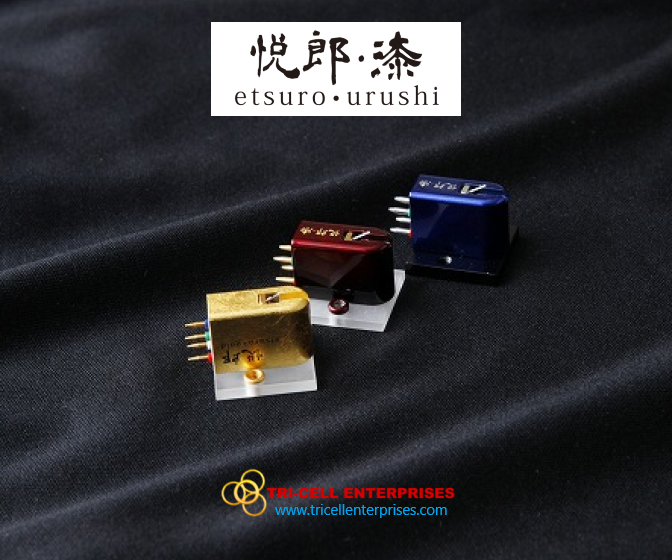
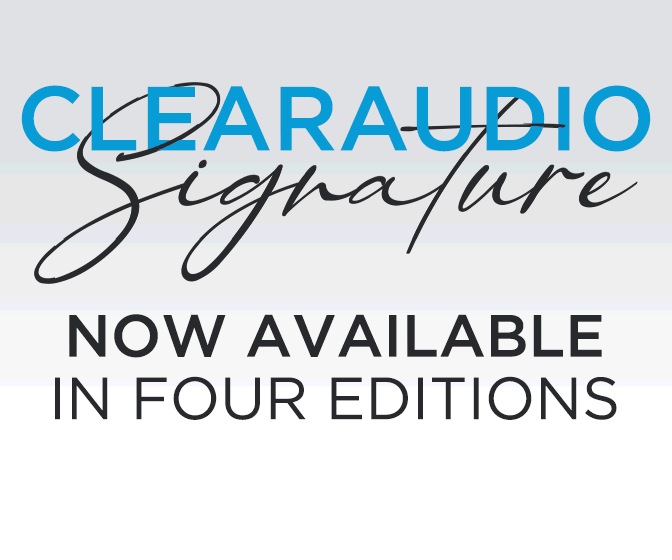
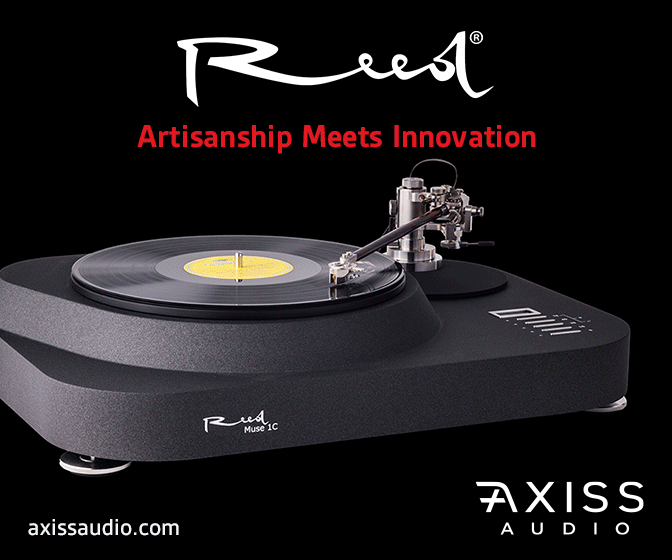
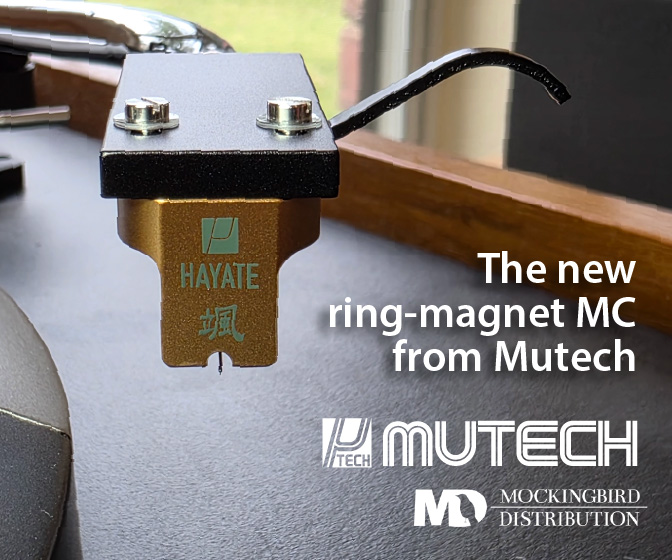
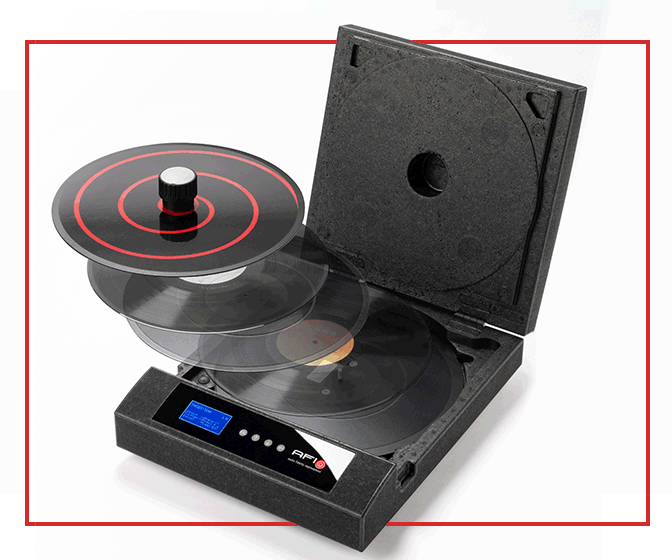
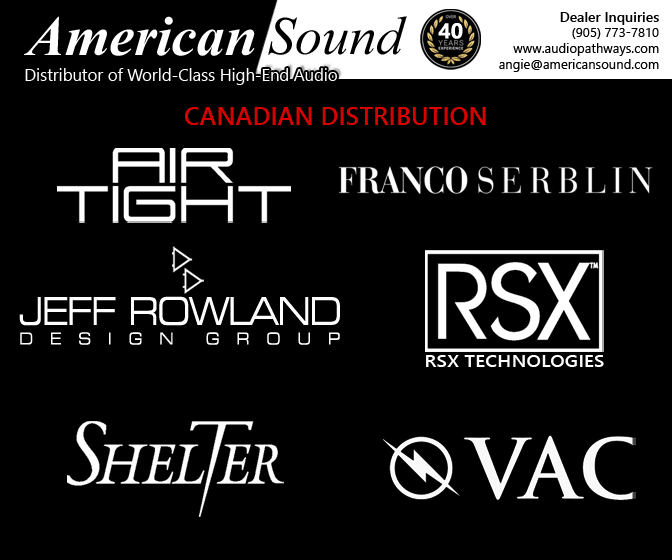
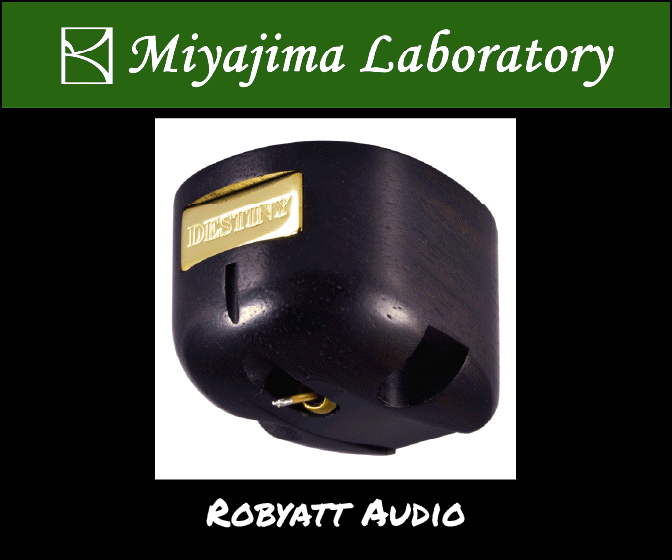





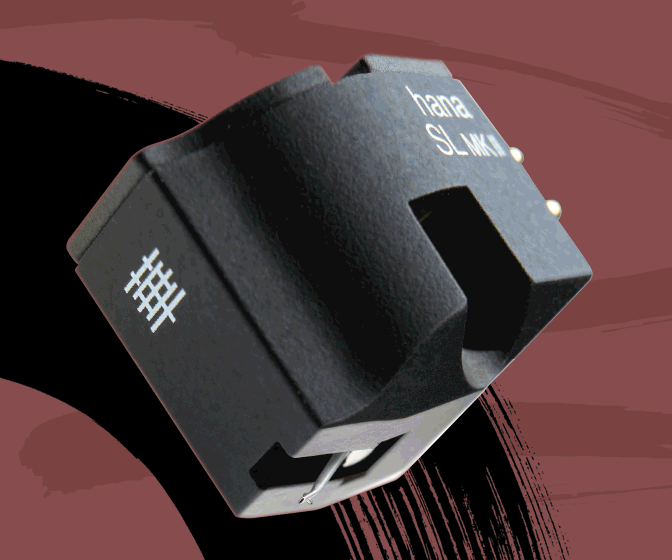
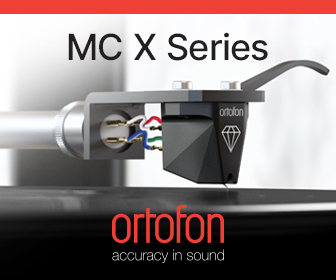
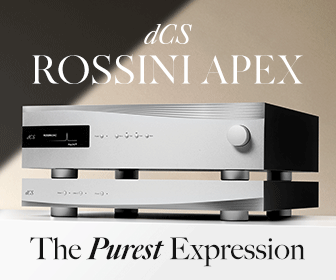
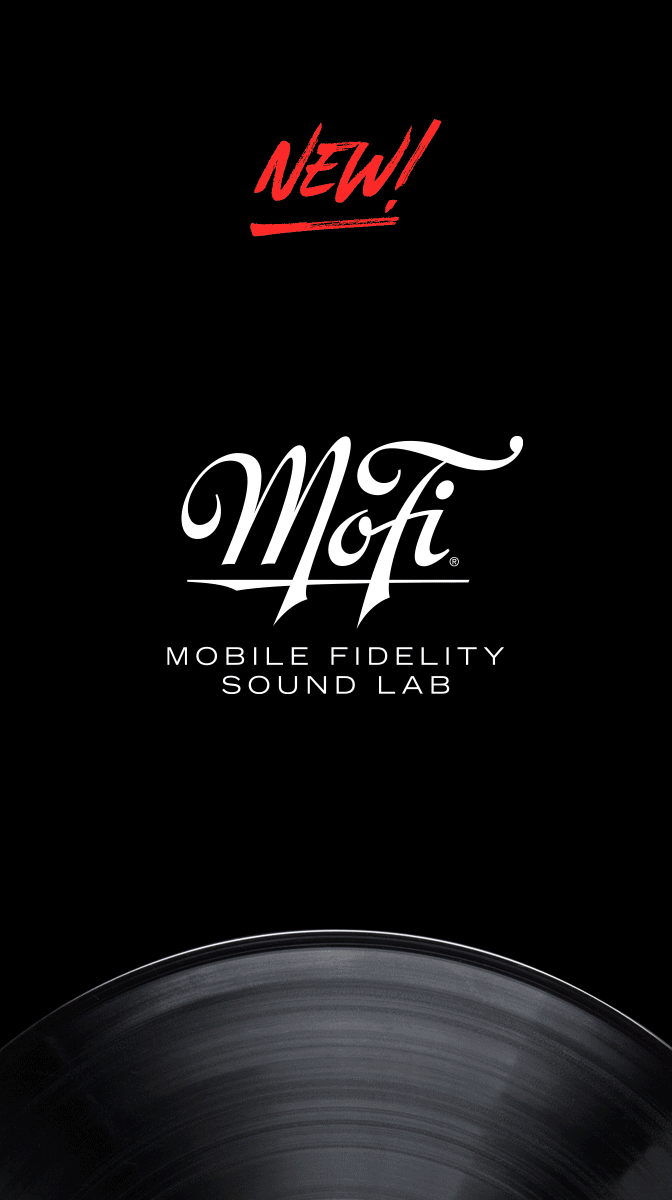


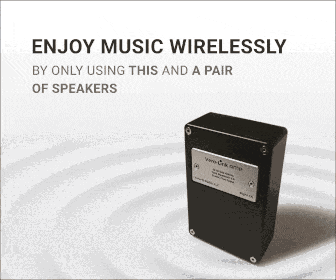
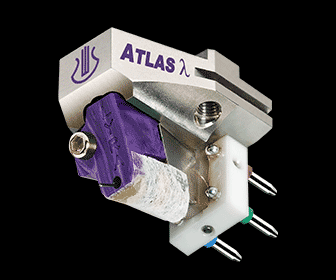

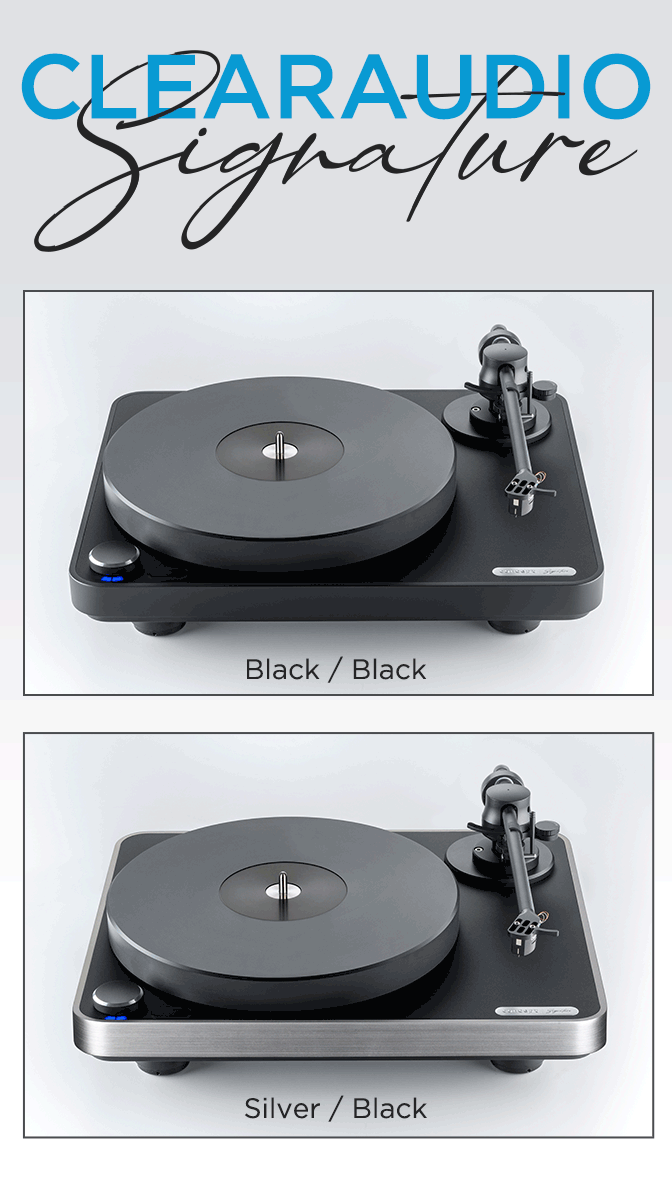



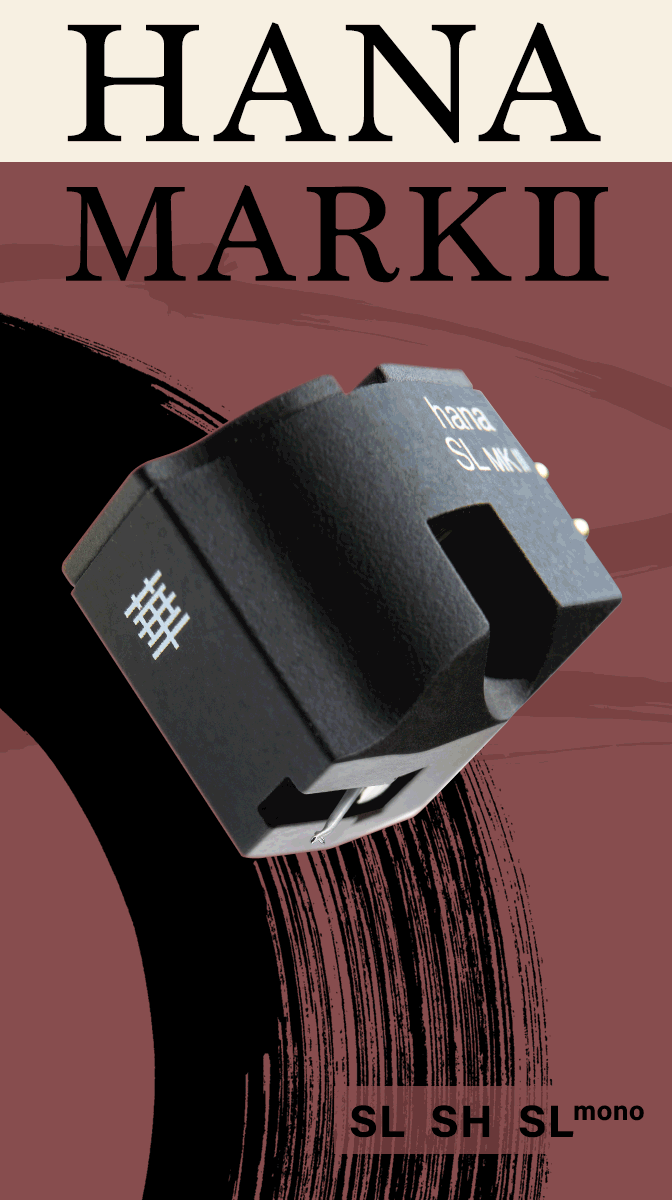


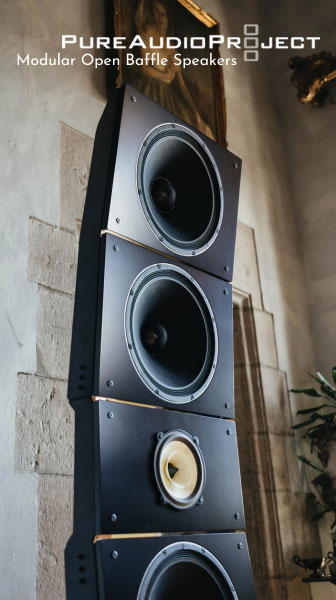
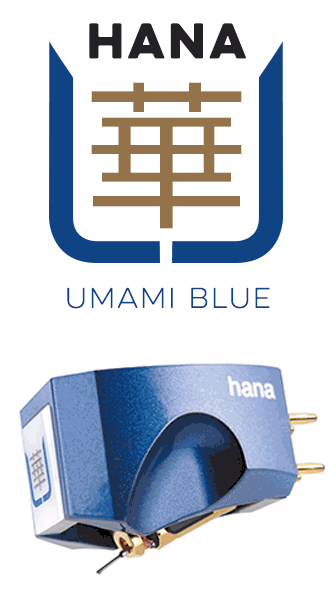





.png)








